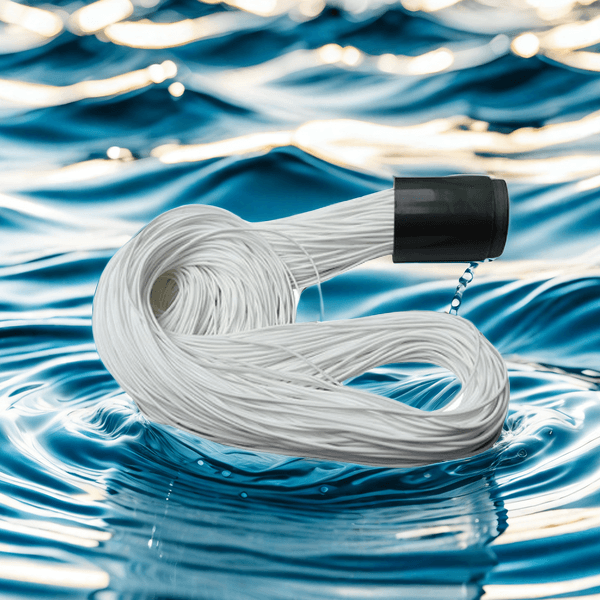What are the roles of different types of MBR membranes in wastewater treatment?
Different types of MBR membranes play important roles in wastewater treatment. The following is a detailed analysis of the roles of several main MBR membranes in wastewater treatment:
1.Hollow fiber membrane:
This type of membrane has high compressive strength and is not easily deformed, so it can maintain stable performance during sewage treatment.
The high filling density of hollow fiber membranes improves the processing efficiency.
Due to its relatively low cost and long lifespan, hollow fiber membranes have high economic benefits in sewage treatment projects.
It is commonly used in submerged MBR systems to effectively perform solid-liquid separation and remove suspended and particulate matter from wastewater.
2.Flat film:
The flat membrane is composed of multiple parallel arranged membranes, and the structure makes the water flow channel clear, making it easy to clean and maintain.
Suitable for internal and external pressure operations, able to flexibly respond to different processing needs.
In MBR applications, although flat membranes are not as popular as hollow fiber membranes, their stability and ease of maintenance make them the preferred choice in specific situations.

3.Tubular membrane:
Tubular membrane components are usually in the shape of circular tubes and can adapt to internal or external pressure operations, providing flexibility in operation.
The water flow is filtered through the membrane surface from inside or outside the pipe, effectively removing impurities from the wastewater.
The design of tubular membranes enables them to withstand high pressure and flow during the treatment process, making them suitable for large-scale sewage treatment projects.
4.Ceramic film:
Ceramic films are used in specific MBR applications due to their excellent chemical corrosion resistance and mechanical strength.
Especially suitable for treating wastewater with high hardness or corrosiveness, exhibiting good stability and durability.
Although ceramic membranes are relatively expensive, their performance advantages are significant in treating specific types of wastewater.
Overall, different types of MBR membranes play their unique roles in wastewater treatment. Hollow fiber membranes are known for their high compressive strength and economic benefits; Flat film is favored for its easy cleaning and maintenance characteristics; The tubular membrane has strong adaptability and is suitable for large-scale projects; Ceramic membranes perform excellently in treating specific wastewater. The comprehensive application of these membrane technologies makes sewage treatment more efficient, stable, and environmentally friendly.
